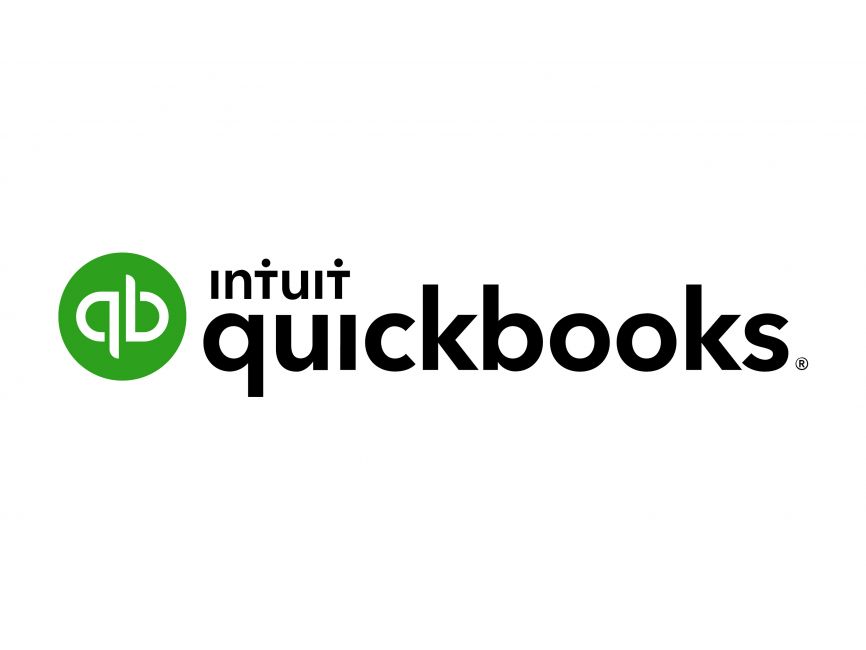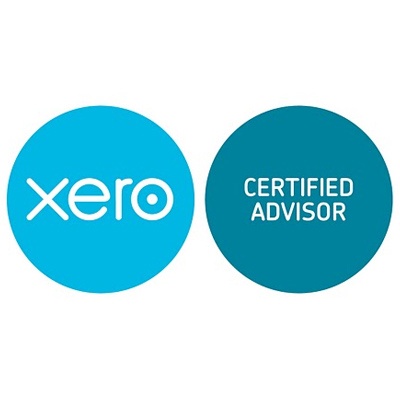Use our salary and dividend tax calculator to determine your tax liability, NICs and dividend tax , along with your take-home pay based on your annual salary and dividend income.
If you’re your own boss with a limited company, you probably know about the benefits of paying yourself through a mix of dividends and a salary. It gives you more control, flexibility, and can be tax-efficient.
Pro Advisors Serving Across UK
Accountant One Text Away
Your Own Dedicated Accountant
Guaranteed Same Day Response
Unlimited Support & Advice 24/7
Transparent, fixed monthly fee
Calculate Your Take Home Pay
| Your total Income | - |
| Your total taxable Income | - |
| Tax On Salary | - |
| Employees NIC (Paid By you) | - |
| Extra Tax Pay on Dividends | - |
| Total Tax +NICs | - |
| Employers NIC (Paid by Company) | - |
| Your Take Home Pay | - |
Dividends are usually distributed quarterly but as a contractor operating as a limited company, you have flexibility and can pay yourself dividends annually, twice per year, monthly or whenever your company has surplus funds available.
In addition to the £12,570 tax-free personal allowance, it’s important to note that you don’t pay any dividend tax on the first £1,000 you receive in dividends, no matter how much other income you receive. This means you can receive £13,570 dividend income tax-free this tax year, providing you have no other taxable income.
If your salary is between £12,570 and £50,270 it will be taxed at 20% and an 10% national insurance contribution is levied against it. That’s 30% tax against salaried earnings; a significantly higher tax rate than you’d pay against dividends in the basic rate band.
No tax has to be paid on dividends from shares held in an ISA, and your dividend allowance is unaffected. Up to £20,000 can be saved in stocks & shares ISAs in the 23/24 tax year with no tax liability. Furthermore, capital gains tax isn’t payable against any profits from investments in your stocks & shares ISAs.
Our combined salary tax calculator and dividend tax calculator enables you to easily calculate how much income tax and tax on dividends you will pay based on your current salary, and the annual dividend payments you receive to work out your take home pay. Simply enter your gross salary and the amount of dividends you’ll receive this tax year.
Contact Us today if you need expert advice on improving your tax-efficiency, company incorporation or self-assessment tax returns.
How Dividends work
Dividends are a portion of company profit that is paid to shareholders in exchange for their investment in the business. Various factors affect the dividend amount such as the amount of surplus income the company has available and the percentage of shareholdings the shareholder has.
Dividends are calculated by distributing the profits a company has made after corporation tax has been levied at a rate between 19% – 25% depending on your corporation tax band. In most cases dividends are taxed after other income sources have already been taxed.
Unlike with salaries and wages, dividend income is not taxed at source via Pay As You Earn (PAYE). Recipients are responsible for declaring their dividend income to HMRC by completing a self-assessment tax return at the end of each tax year.
| Tax rate band | Income threshold 2023/24 (GBP) | Income tax rate (excluding dividends) | Dividend tax rate |
| Personal allowance | 0 to 12,570 | 0% | 0% |
| Starting rate for savings | 12,571 to 17,570 | 0%* | N/A |
| Basic rate | 12,571 to 50,270 | 20% | 8.75%** |
| Higher rate | 50,271 to 125,140 | 40% | 33.75% |
| Additional rate | Over 125,140 | 45% | 39.35% |
Contact Us
- Serving Across UK | USA | PK
- +447458928545
- +92 3278349643
- Info@others.moaazahmad.com
Sign Up for News Letter



